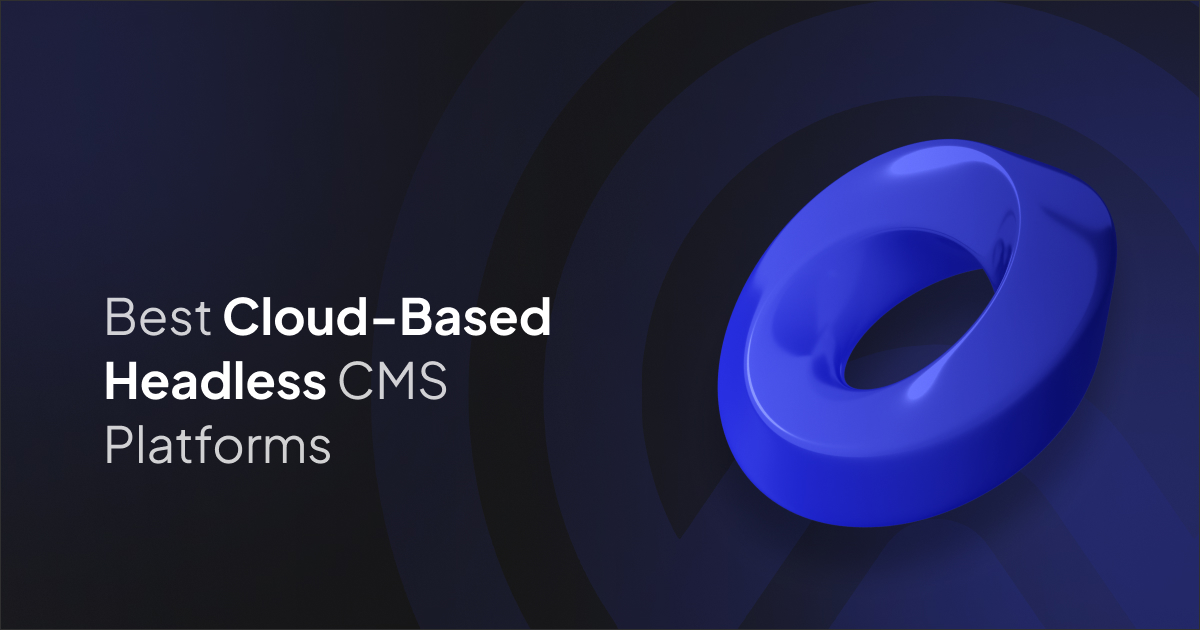Contentful is a pioneer in the cloud-based headless CMS space, offering a highly flexible content modeling system. Its APIs, including REST and GraphQL, allow seamless integration with modern front-end frameworks like React, Vue, and Next.js. Contentful also provides robust localization support, CDN delivery, and a marketplace of pre-built integrations.
Key Features:
- Flexible content modeling and localization
- RESTful and GraphQL APIs
- CDN-backed scalable infrastructure
- Marketplace of pre-built integrations
2. Sanity
Sanity.io focuses on real-time collaboration and structured content management. Its Portable Text editor allows teams to work simultaneously on dynamic projects. Developers benefit from GROQ queries, SDKs, and plugins for a highly customizable setup. Sanity’s platform ensures consistent content delivery across multiple channels.
Key Features:
- Real-time collaborative editing
- Structured content for multi-channel distribution
- GROQ query language
- Customizable dashboards and plugins
3. Storyblok
Storyblok combines visual editing with a headless architecture, making it suitable for both developers and marketers. Its component-based approach allows reusable content blocks, while the visual editor provides real-time previews. Storyblok also integrates with popular frameworks and offers powerful content scheduling.
Key Features:
- Visual editor with live previews
- Component-based content modeling
- Multi-language and SEO support
- API-first architecture
4. Prismic
Prismic emphasizes ease of use and collaboration between marketing and development teams. Its visual editor, versioning, and content scheduling features streamline workflows. Developers can integrate Prismic with static site generators and modern frameworks, enabling fast and scalable website builds.
Key Features:
- Visual editor and content scheduling
- API-first approach with GraphQL support
- Versioning and content previews
- Easy integration with modern web frameworks
5. Kontent.ai
Kontent.ai is designed for enterprise-level projects, offering advanced content governance and workflow management. Its cloud platform supports multi-channel content delivery and robust collaboration tools. Kontent.ai also features a flexible API, making it easy to integrate with any front-end or back-end system.
Key Features:
- Enterprise-grade content governance
- Workflow and role-based access management
- Multi-channel content delivery
- REST and GraphQL APIs
6. Contentstack
Contentstack is a mature platform focused on delivering content at scale. It provides a rich set of APIs, workflow automation, and localization support. Its emphasis on enterprise requirements, along with strong documentation and SDKs, makes it suitable for complex projects requiring global distribution.
Key Features:
- API-first architecture
- Workflow automation and content versioning
- Localization and multi-language support
- Enterprise-grade scalability
7. Hygraph (GraphQL-first)
Hygraph (formerly GraphCMS) is a GraphQL-first headless CMS, offering developers precise control over content queries. Its schema-based content modeling, real-time previews, and integrations with front-end frameworks make it ideal for modern web projects. Hygraph’s GraphQL focus ensures efficient data retrieval and flexibility.
Key Features:
- GraphQL-first API
- Schema-based content modeling
- Real-time content previews
- Integrations with modern frameworks
8. ButterCMS
ButterCMS is designed for speed and simplicity. It allows rapid setup, content modeling, blogging, and SEO-friendly management. Its cloud infrastructure ensures reliability and fast delivery to websites and applications, making it popular with startups and small businesses.
Key Features:
- Quick setup and lightweight API
- Blogging engine and content scheduling
- SEO and multi-language support
- Reliable cloud hosting
9. Bloomreach
Bloomreach combines headless CMS capabilities with a strong focus on digital experience and personalization. Its platform integrates content, commerce, and search, providing an all-in-one solution for customer engagement. Developers can leverage APIs and SDKs for flexible front-end integrations.
Key Features:
- Content management and personalization
- Integration with commerce and search
- API-first architecture
- Data-driven content recommendations
Choosing the Right Platform
When selecting a cloud-based headless CMS, consider:
- Ease of Use: How accessible is the interface for non-technical users?
- API Flexibility: Does it support REST, GraphQL, or other integration methods?
- Scalability: Can it handle growth in users, traffic, and content volume?
- Community and Support: Is there an active developer community, documentation, and plugin ecosystem?
Platforms like Contentful, Sanity, and Contentstack excel in enterprise-level flexibility, while ButterCMS and Prismic are ideal for startups and small teams seeking quick deployment. With these cloud-based headless CMS platforms, businesses can efficiently manage content, streamline workflows, and deliver engaging digital experiences across multiple channels.
Page Updated: 2025-09-05




















